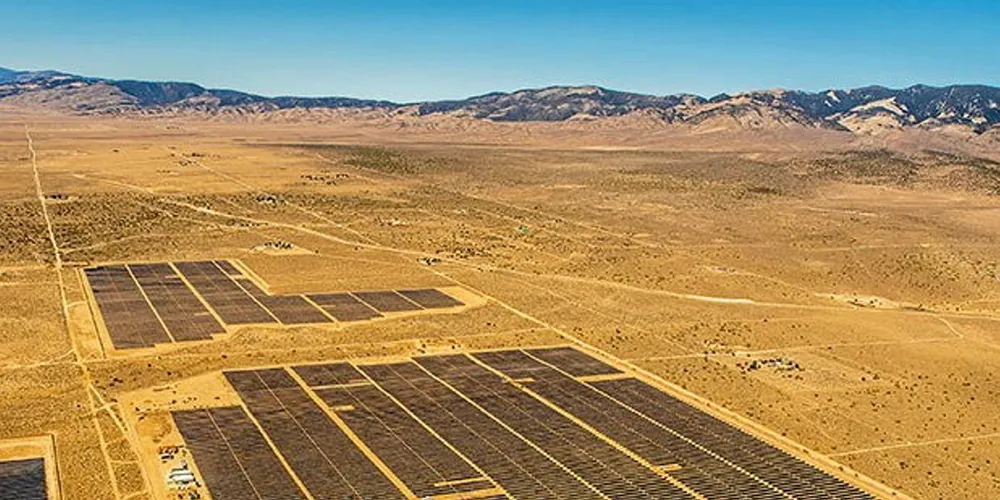Southern Power advances Texas solar ambitions with up-to-500MW project swoop
Deal with offtake contract broadens company's profile in fastest growing US state energy market

Southern Power has acquired the 200MW Millers Branch solar facility with potential expansion to 500MW from EDF Renewables in Texas, where utility-scale PV is playing a critical role in helping the top US energy state’s struggling main electric grid meet demand.
Terms were not made public. The project, whose first phase is due to enter commercial operation in the fourth quarter 2025, has a 20-year virtual power purchase agreement (VPPA) with Thermo Fisher Scientific.
VPPAs allow corporate renewable buyers to commit to green energy without taking physical delivery of the electricity and are based on variable-priced cash flow and renewable energy certificates or credits (RECs).
“Millers Branch represents a significant milestone for Southern Power as we are entering this project with expansion opportunities,” said President Robin Boren.
The company now owns 29 solar facilities totaling 2.6GW nameplate capacity that supply bulk electricity in California, Georgia, Nevada, New Mexico, North Carolina, and Texas. The three operating plants in Texas total 379MW.
Southern Power is a subsidiary of Southern Company, one of the largest US investor-owned utilities. A growing number of utilities this decade have exited the competitive renewable energy business to focus on their regulated operations which generally offer higher, predictable returns.
As of 31 July, grid operator Electric Reliability Council of Texas (Ercot) had 17GW of utility-scale PV in operation within its service territory, about 11% of operational installed capacity, versus 4GW in 2020. Ercot serves about 90% of the state’s electric load.
Ercot this summer set numerous records for electricity demand that peaked at 85.46GW on 10 August versus the prior all-time high 79.83GW a year earlier. Earlier this month, it declared an emergency, barely avoiding rolling blackouts.
Unprecedented demand for power resulted from a combination of a punishing two-month heat wave, a robust economy, and population growth fueled by job opportunities and an influx of companies such as Caterpillar, Tesla, and Toyota moving their US headquarters and manufacturing operations from high-cost states such as California and Illinois.
Solar was a stand-out performer during weeks of unrelenting triple-digit temperatures, setting generation records that peaked on 1 September at 13.73GW, according to Ercot.
Solar in August produced half as much energy as wind in Ercot even though installed wind capacity is more than twice as much at 38GW.
Most solar electricity is generated in the western half of Texas, the second largest US state after Alaska, where cloudless summer afternoons and early evenings predominate. Peak demand availability of solar energy underscores its premium value, something not lost on the wave of developers wanting to develop dozens of large projects on privately owned lands.
Some, like Southern power, have opted to buy projects in development with necessary approvals and available interconnection.
Solar energy would be even more valuable to help balance the grid with additional utility storage, which totaled only 3.5GW on 31 July. Developers are advancing dozens of gigawatts of projects, both standalone and hybrid, mainly paired with solar.
(Copyright)